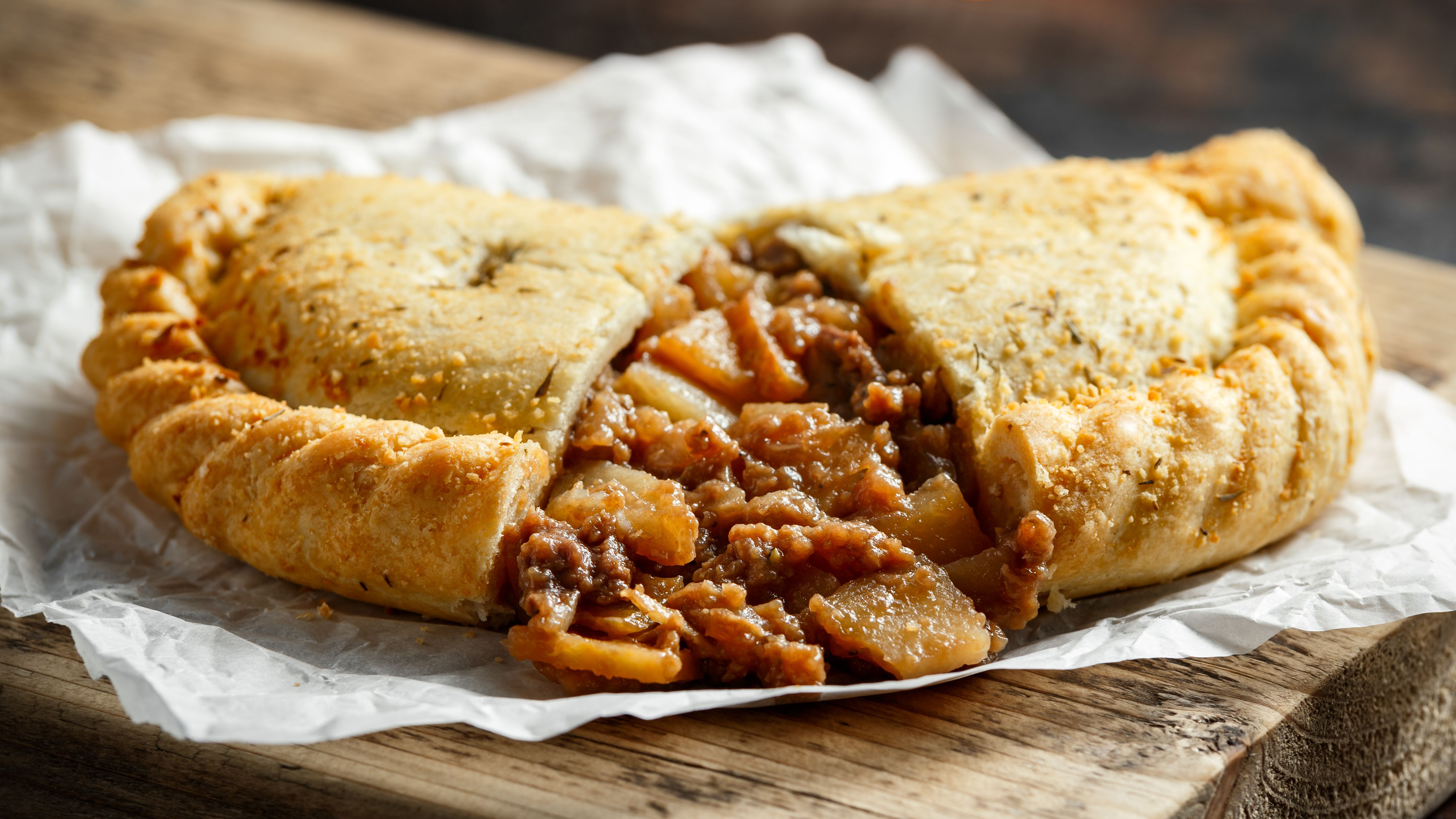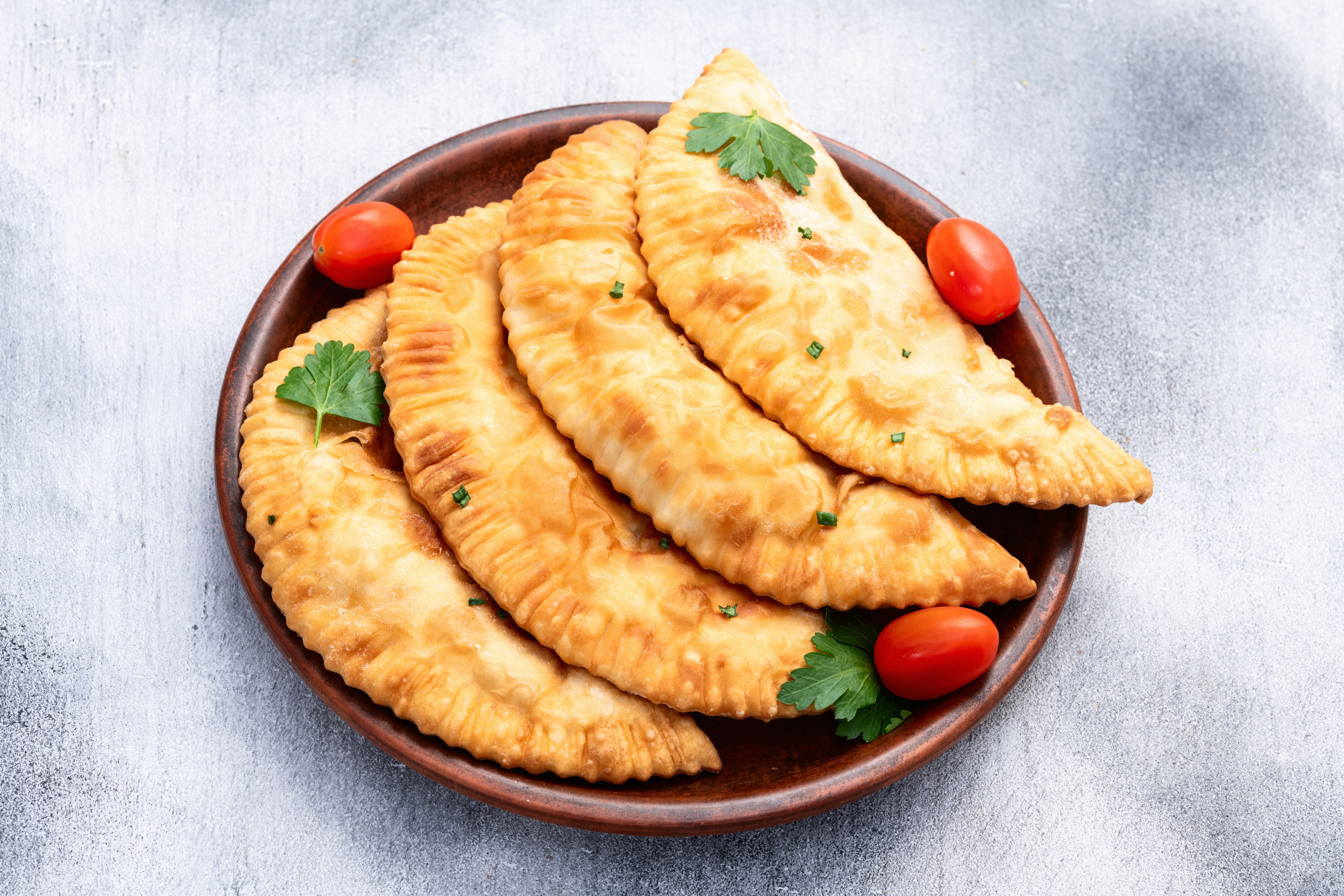The Cornish Pasty: A Classic British Delight
History of the Cornish Pasty
The Cornish pasty is a celebrated symbol of British culinary heritage, renowned for its delicious and wholesome qualities. Originating from Cornwall, this savory pastry has been a staple of the working-class diet since the 13th century. Designed as a complete meal wrapped in a crust, it was particularly popular among tin miners who needed a portable and filling lunch.
Historically, the pasty's unique shape served a practical purpose. The thick, crimped edge allowed miners to hold the pasty with their dirty hands without contaminating the rest of their meal. After finishing the inside, they could discard the crust, thus avoiding ingesting any harmful substances.

What Makes a Cornish Pasty?
A traditional Cornish pasty is characterized by its distinctive "D" shape and crimped edge on one side. The filling typically consists of beef, potatoes, swede (also known as rutabaga), and onions, all seasoned with salt and pepper. These ingredients are encased in a buttery pastry that becomes golden and flaky when baked.
According to the Cornish Pasty Association, for a pasty to be officially recognized as a true Cornish pasty, it must be made in Cornwall following specific guidelines. This regional delicacy even holds a Protected Geographical Indication (PGI) status within the European Union, safeguarding its authenticity and heritage.
The Art of Making a Cornish Pasty
Creating the perfect Cornish pasty is both an art and science. The process begins with preparing the pastry dough, which must be sturdy enough to hold the filling but tender enough to provide a delightful eating experience. Achieving this balance requires skill and experience.

Once the dough is prepared, the filling ingredients are layered onto one half of the pastry circle. The other half is folded over, and the edges are crimped to seal in the flavors. Each crimp is done by hand, showcasing the baker's craftsmanship and ensuring that every pasty is unique.
Modern Variations and Popularity
While the traditional recipe remains popular, modern variations have emerged to cater to diverse tastes and dietary preferences. From cheese and onion to vegan options, there are now countless versions of this classic dish available for everyone to enjoy.
The Cornish pasty's appeal has extended far beyond the borders of Cornwall and even the UK. Its hearty filling and convenient packaging make it a favorite at food fairs, bakeries, and pubs worldwide. Its global popularity continues to grow as more people discover this delightful British treat.
Enjoying a Cornish Pasty
Whether served hot or cold, the Cornish pasty offers a comforting taste of tradition with every bite. It can be enjoyed as a quick lunch on the go or as part of a more leisurely meal with friends and family. Pairing it with a cup of tea or a refreshing cider can elevate the experience even further.
The joy of eating a Cornish pasty lies not only in its delicious flavors but also in its rich history and cultural significance. As you savor each bite, you are partaking in a culinary tradition that has been cherished for centuries—a testament to its enduring popularity.
Commercial Kitchen Marketplace
Your one-stop online destination for equipping professional kitchens. Discover a wide selection of durable, high-quality commercial-grade appliances, from heavy-duty ovens and refrigeration units to efficient food preparation tools and essential kitchenware. Visit our store: http://avice.org
